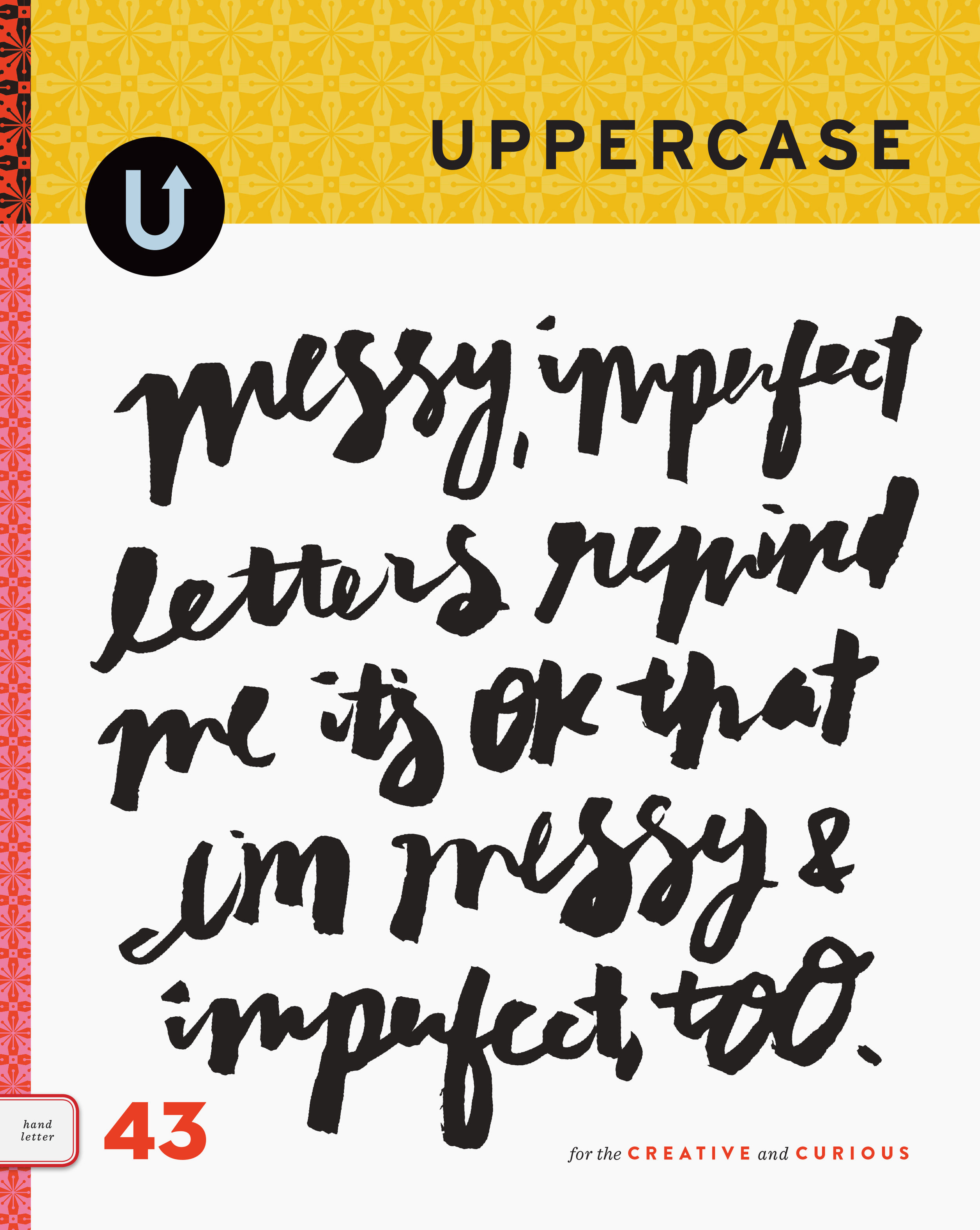Strike a pose
/

"My survey of design course begins with the industrial revolution and the Victorian era—a time of dramatic economic and social change—and eclectic ornamentation. As a way for students to experience the Victorian aesthetic and to gain some understanding about the social, economic and cultural impact of the industrial revolution, I assigned a 'matchbox' packaging project."
Early matches ignited with the slightest friction and their manufacture involved the toxic chemical white phosphorus. Consequently for the match maker, 'phossy jaw' was an occupational hazzard. In the later stages of this condition, where phosphorus accumulates in the jawbone and brain, the patient's jaw would start to glow in the dark, due to a chemical reaction between phosphorus and air. (Note to reader: Do not google phossy jaw.)
Some of the earliest known commercial advertising on matchbooks was created by guerilla arts marketers. In 1895 the cast of the Mendelson Opera Company created ads with photos, glue, and some mighty fine wordsmithing. The only surviving example of these creative evenings reads:






